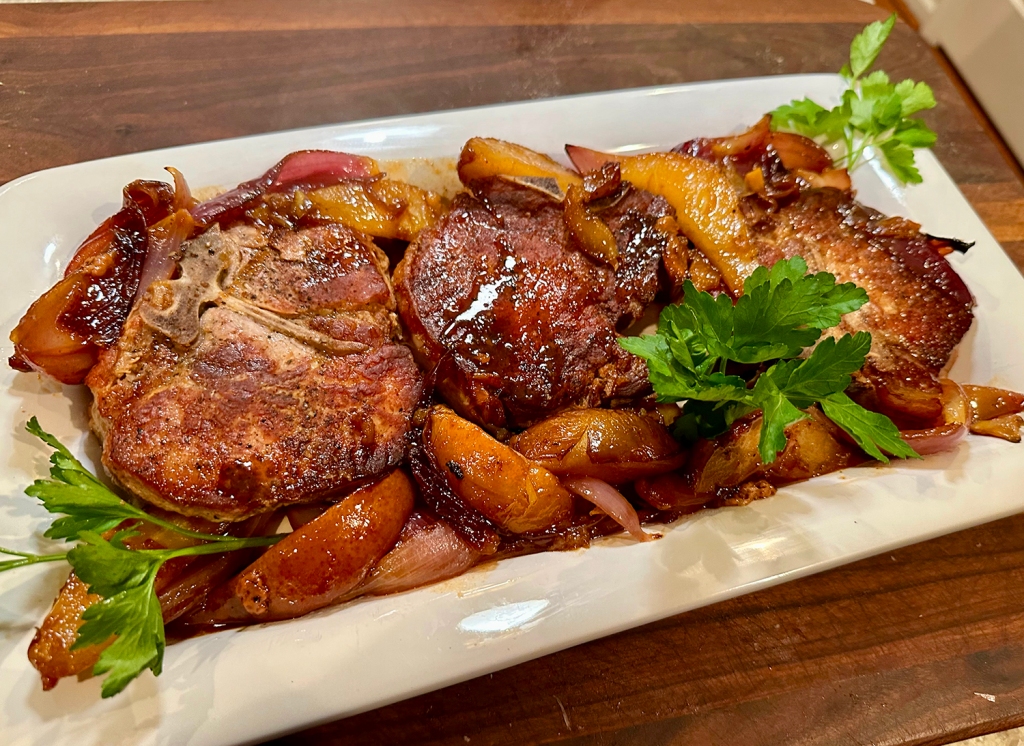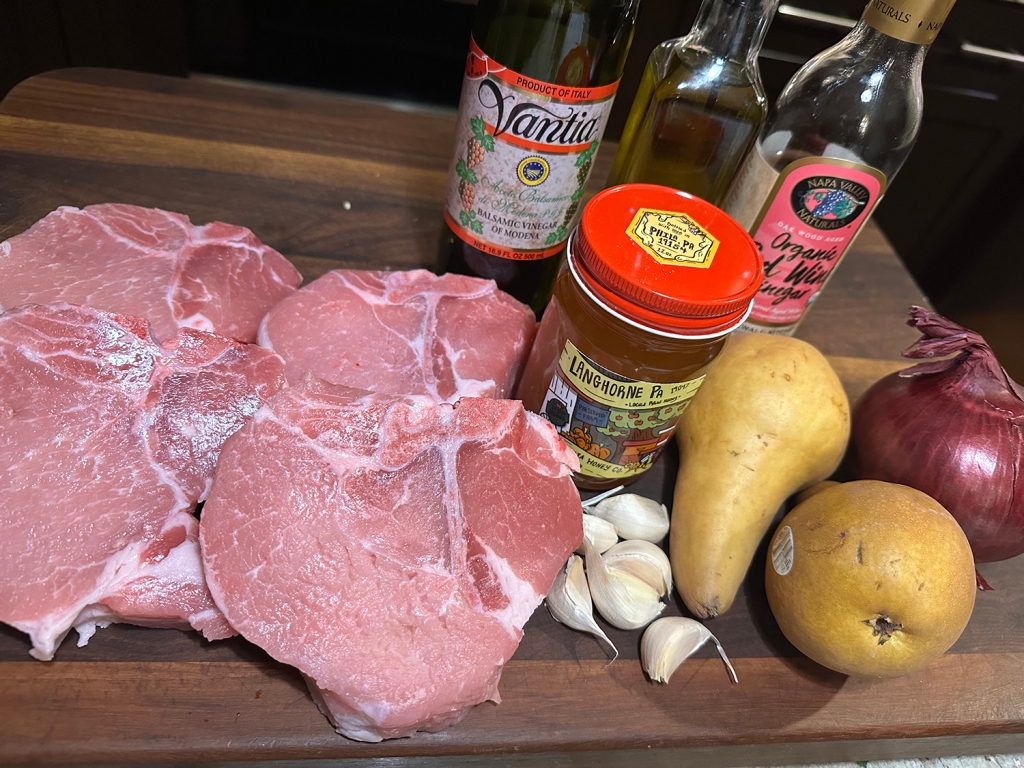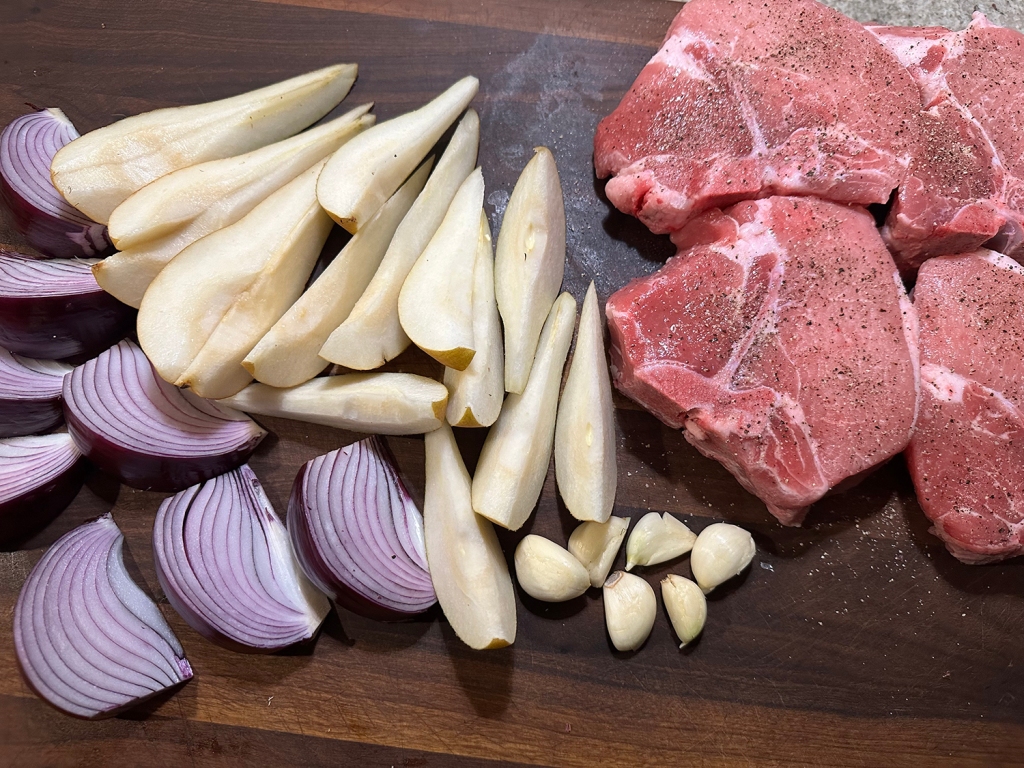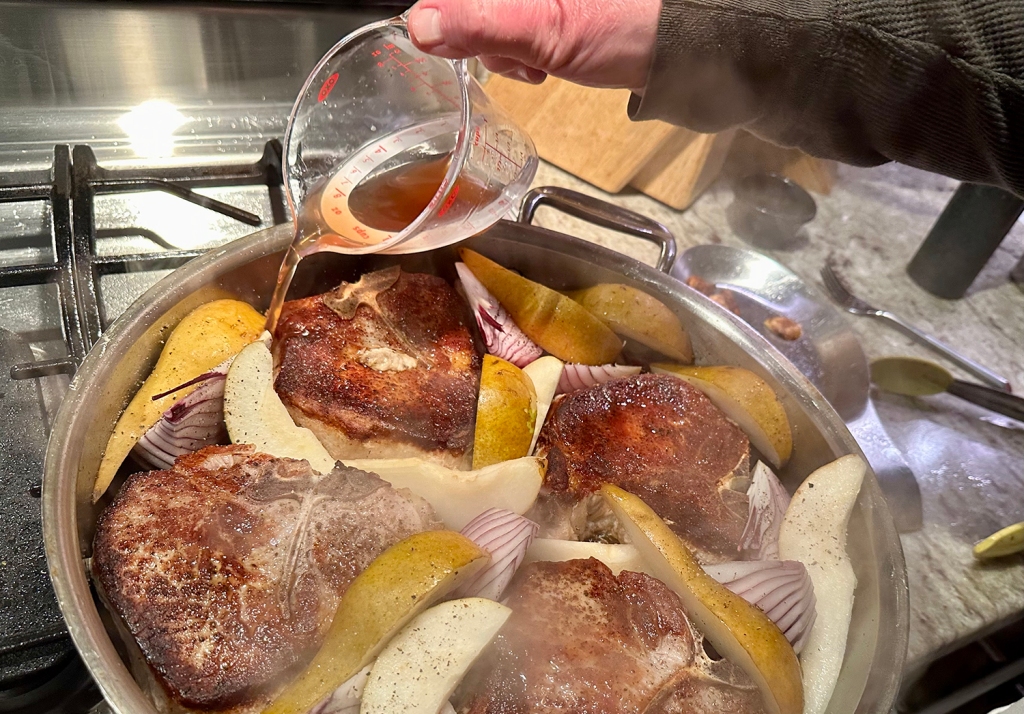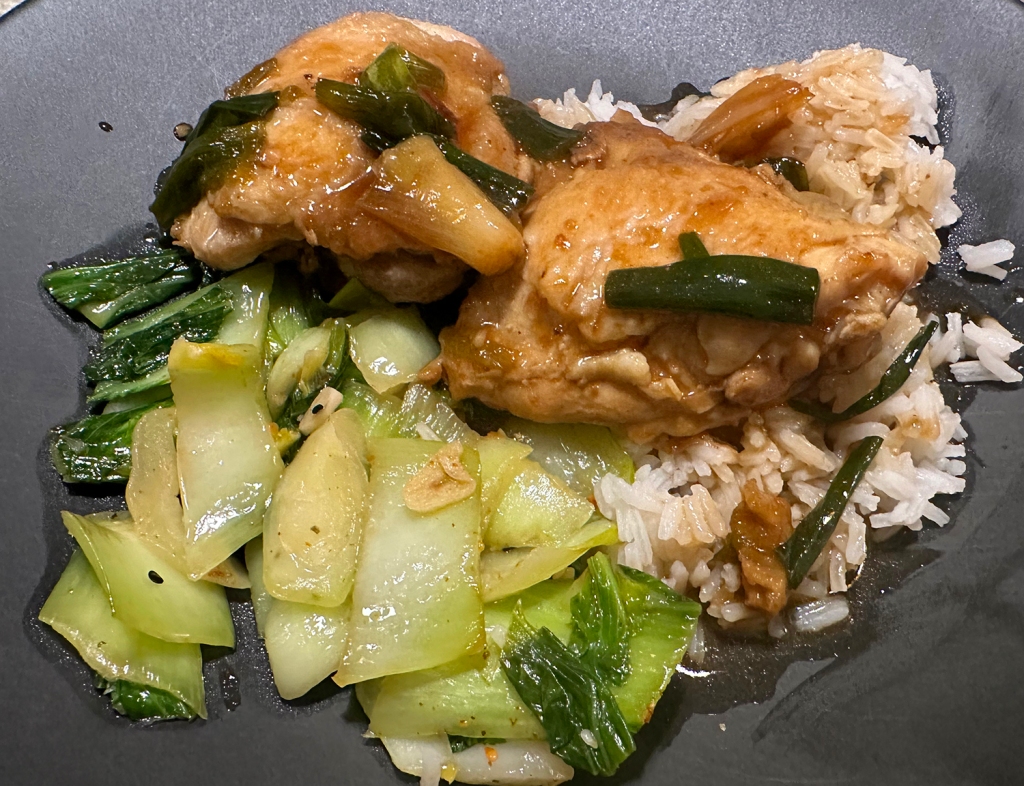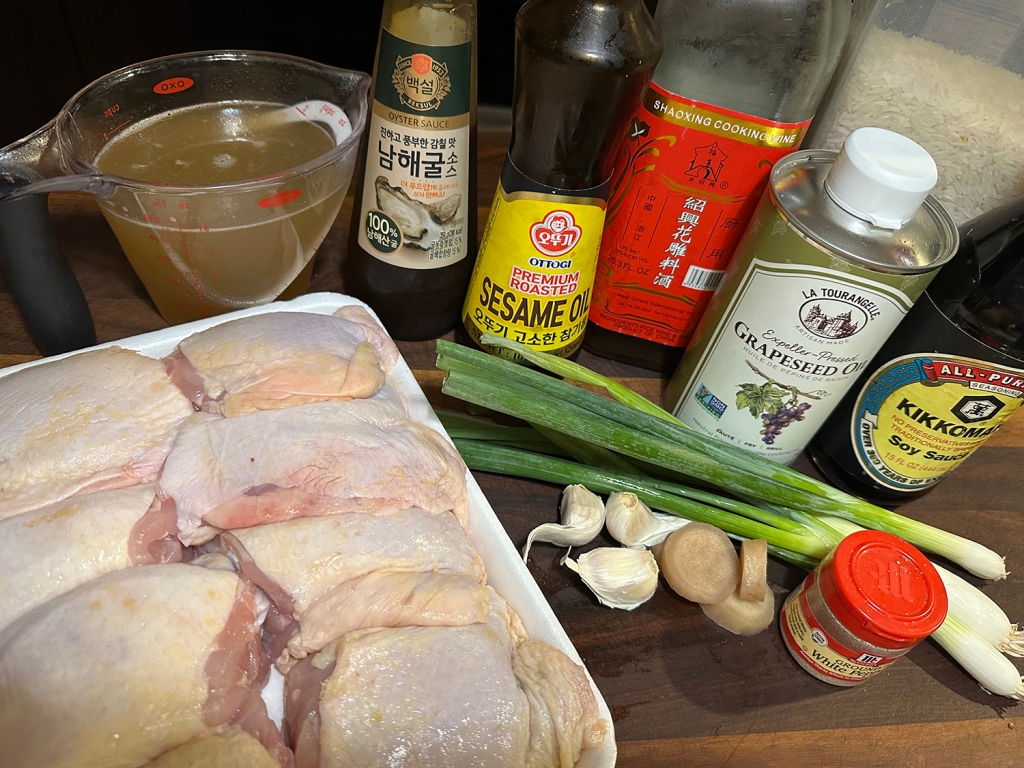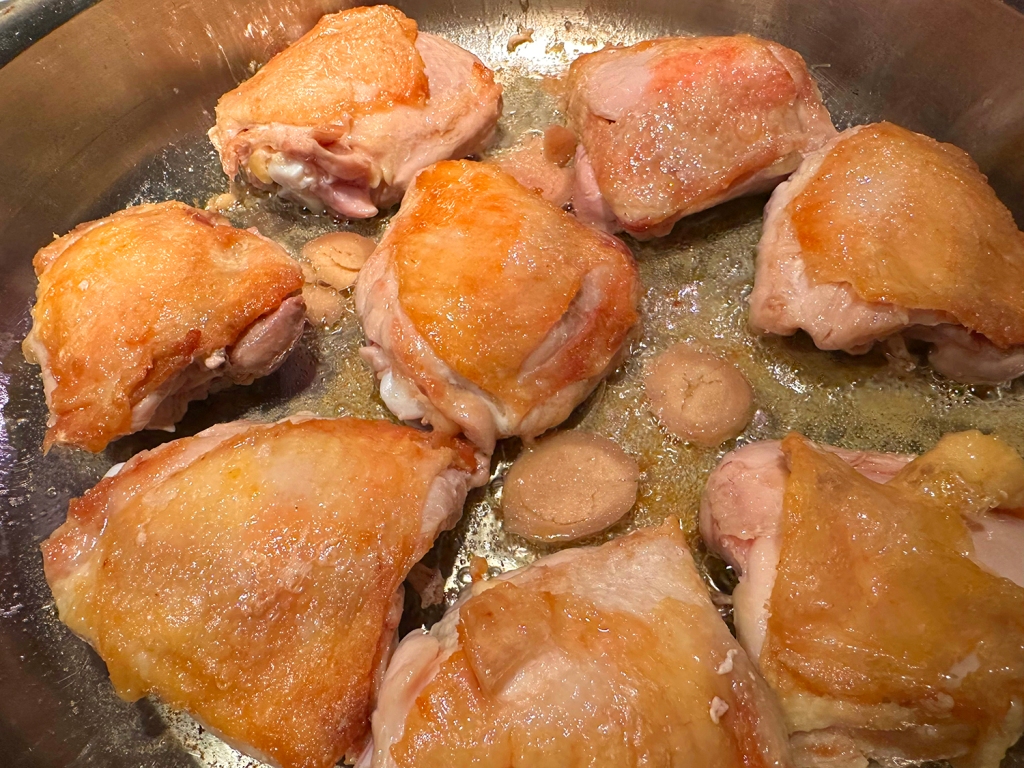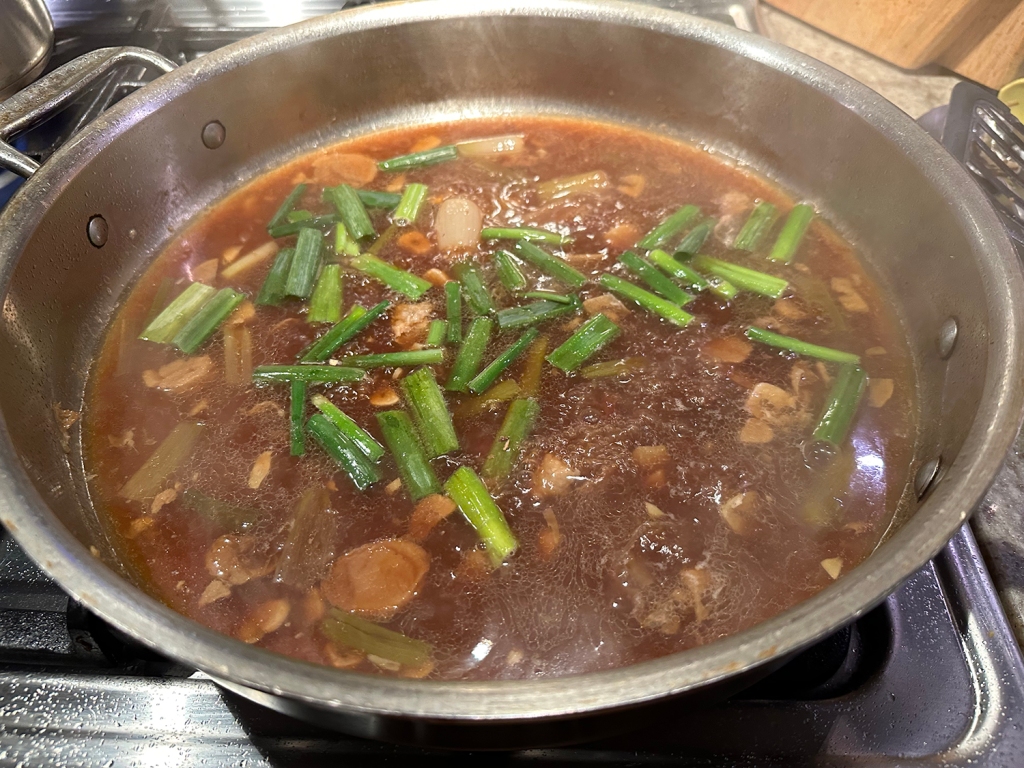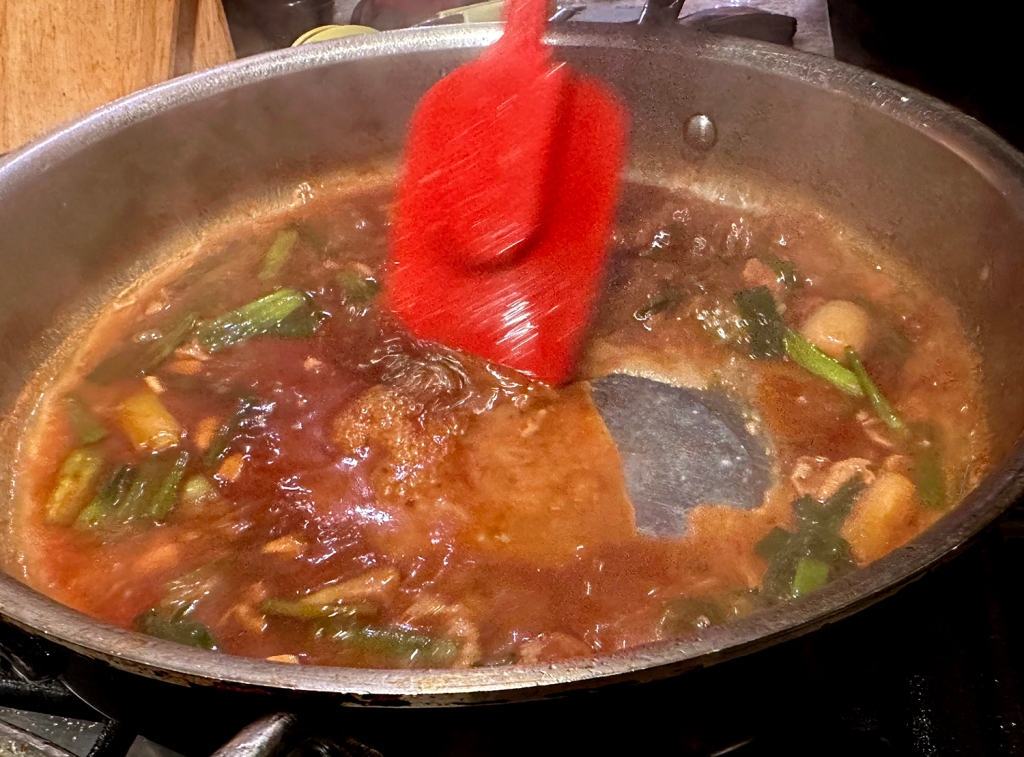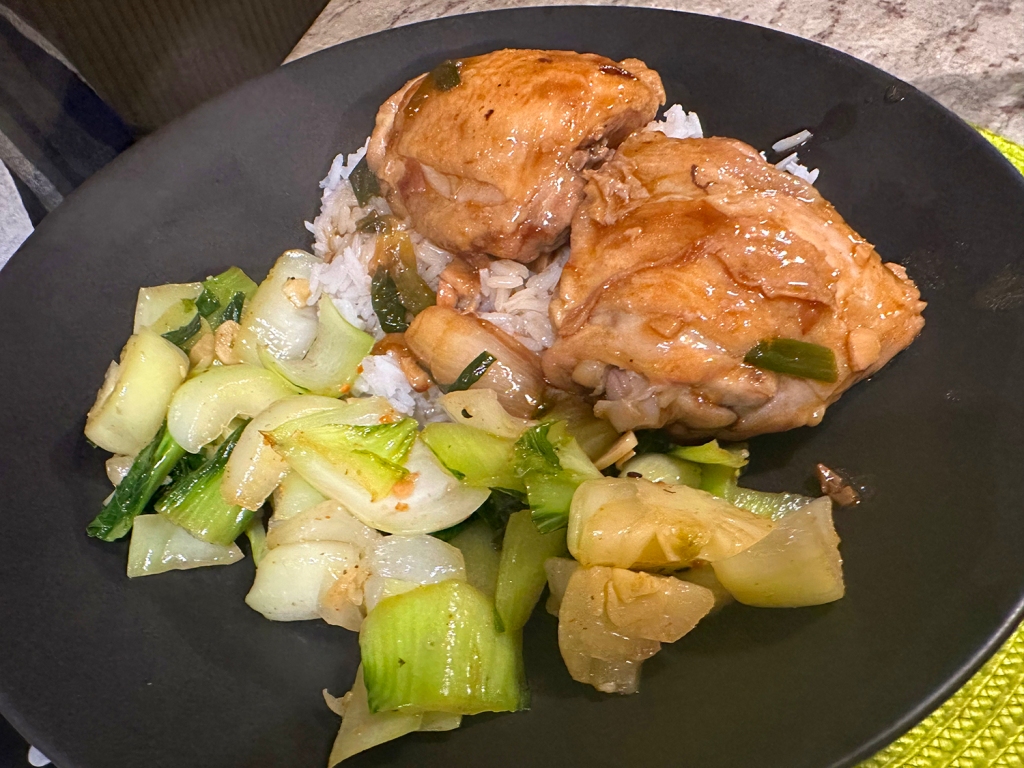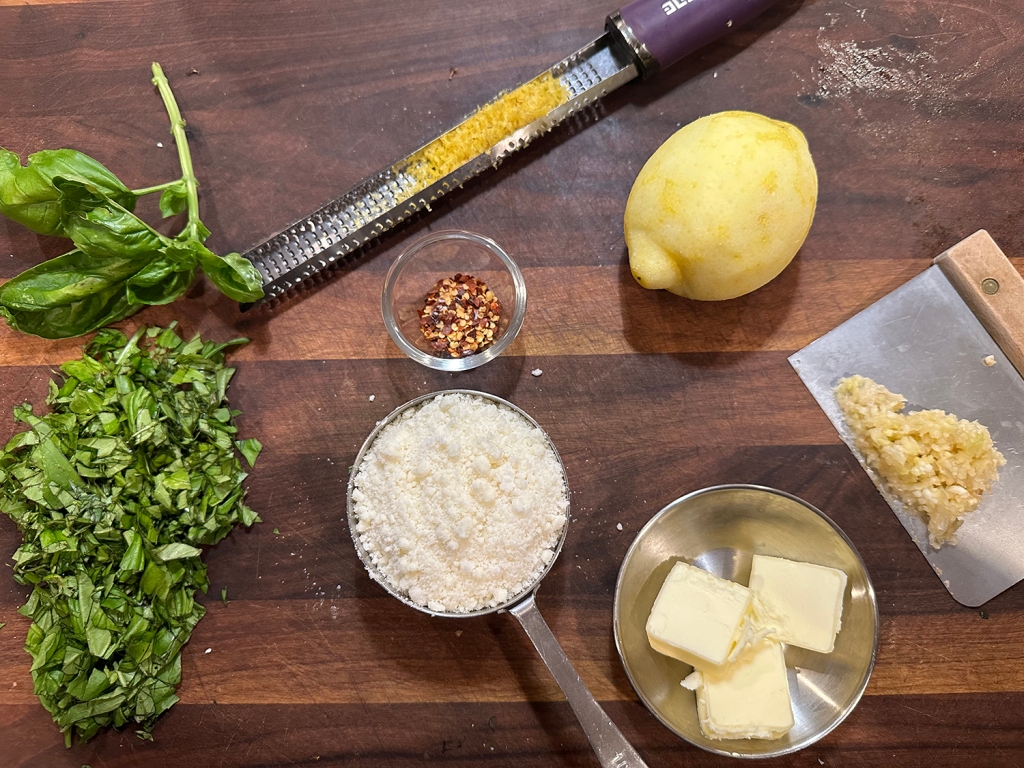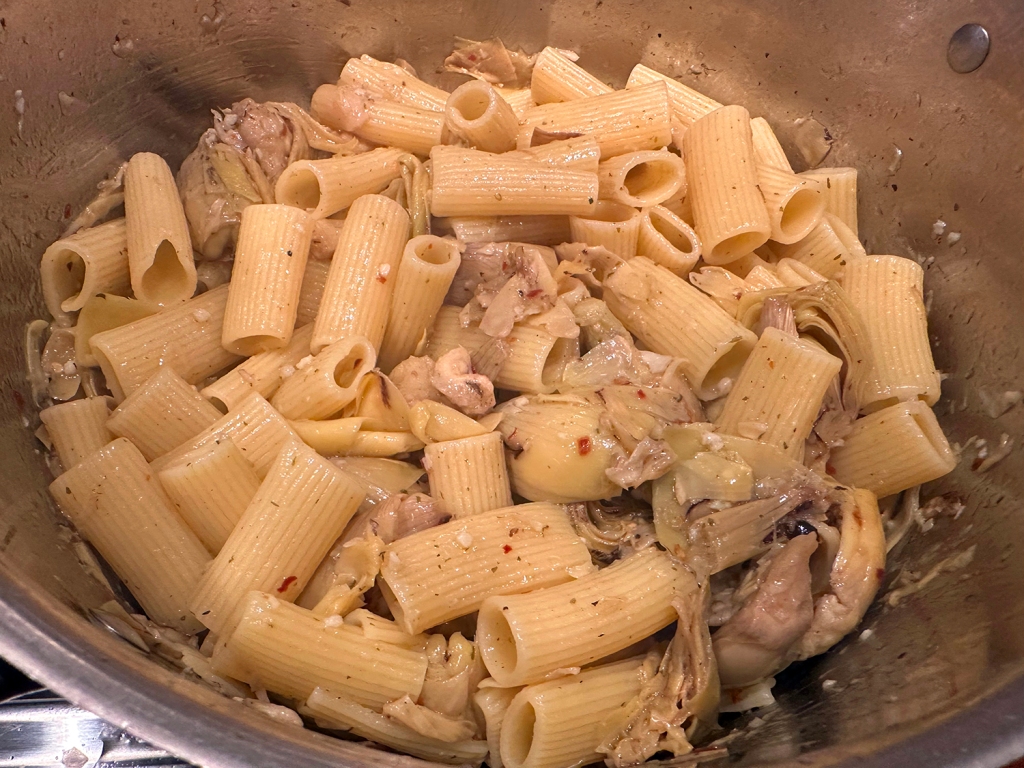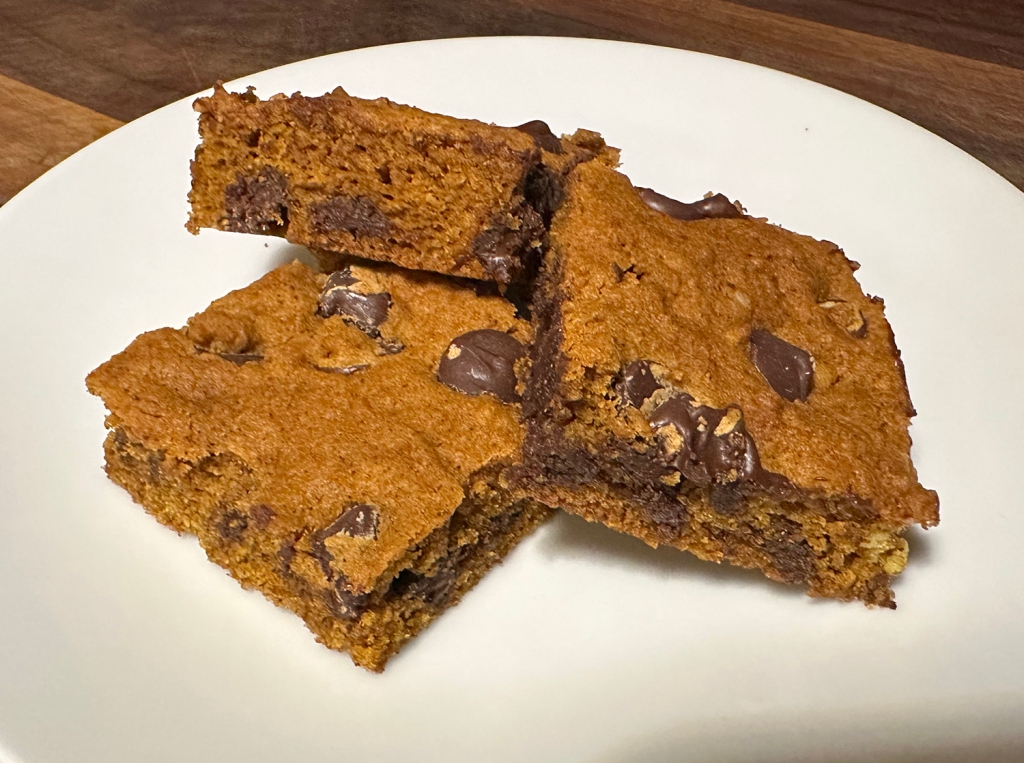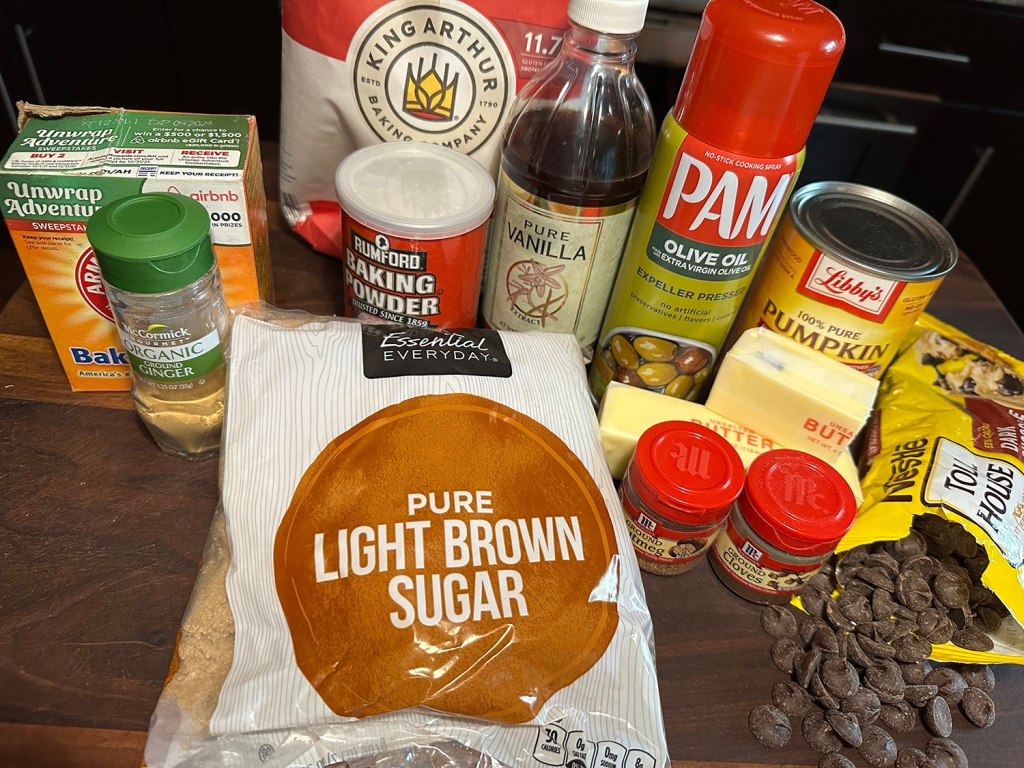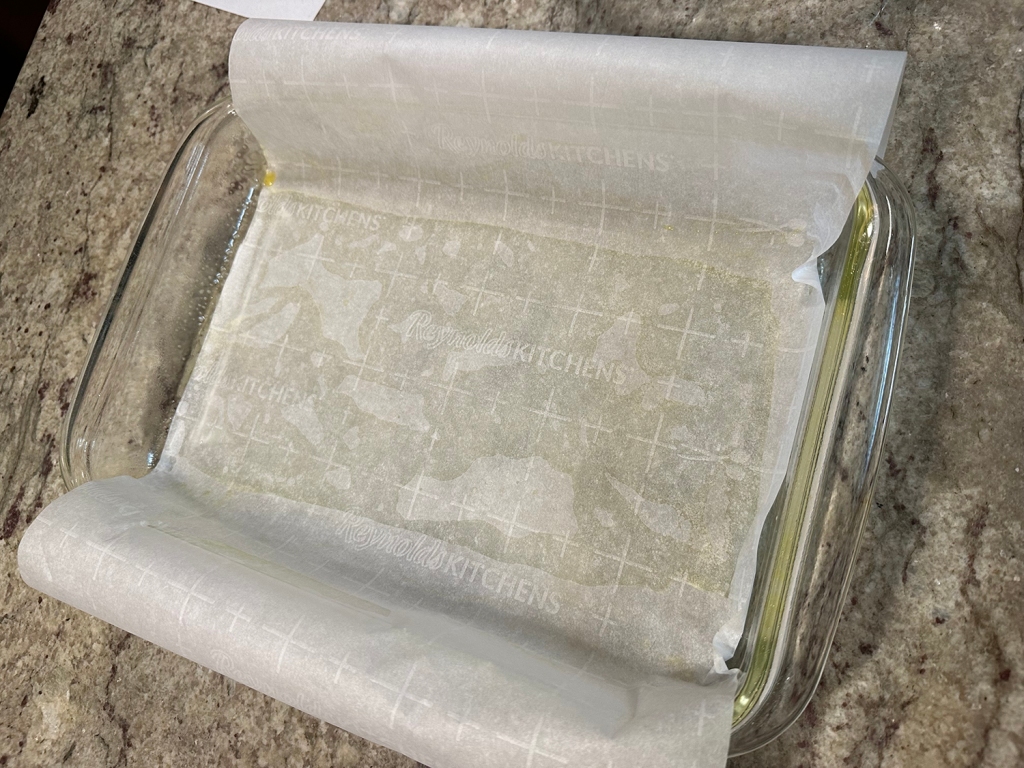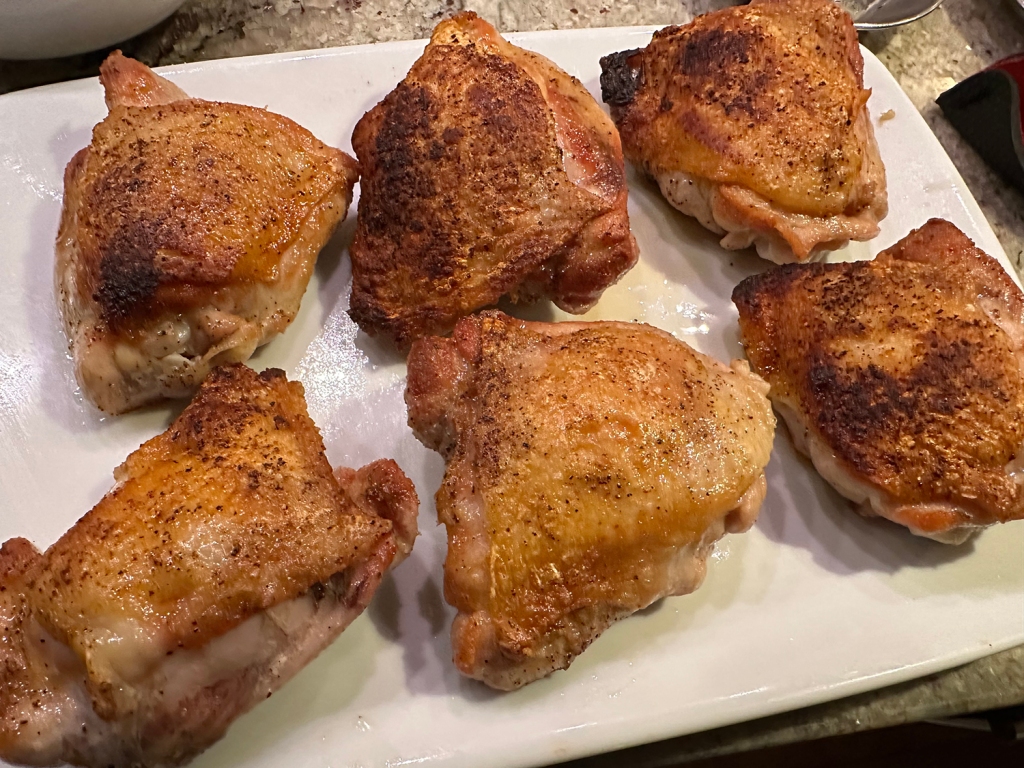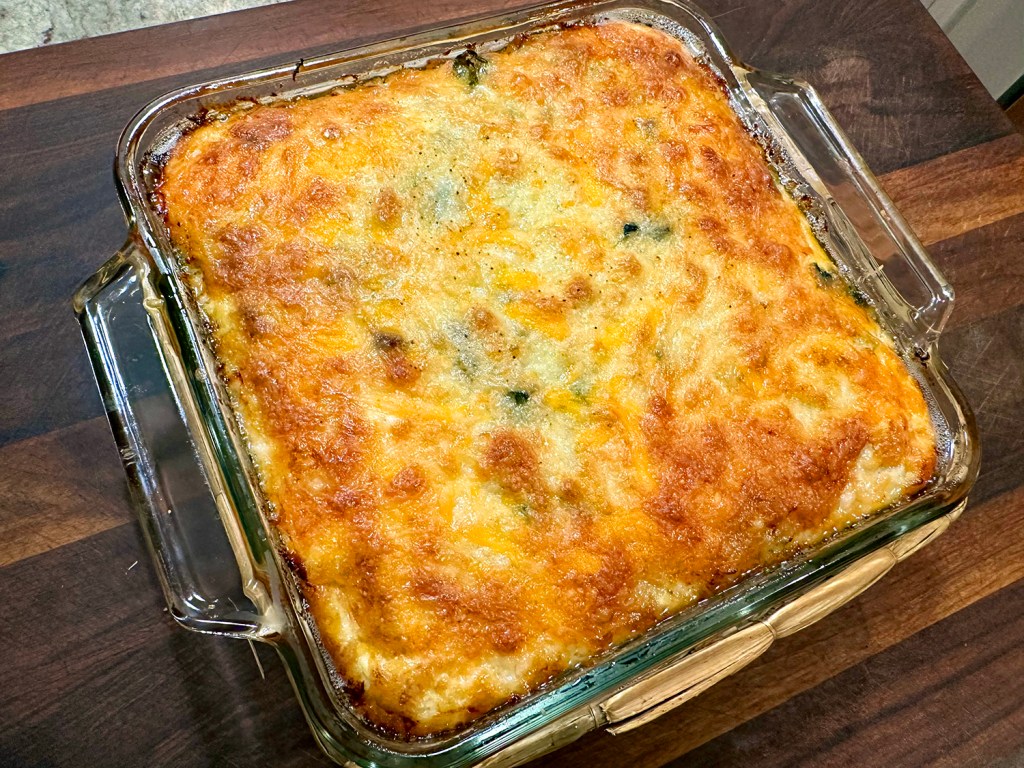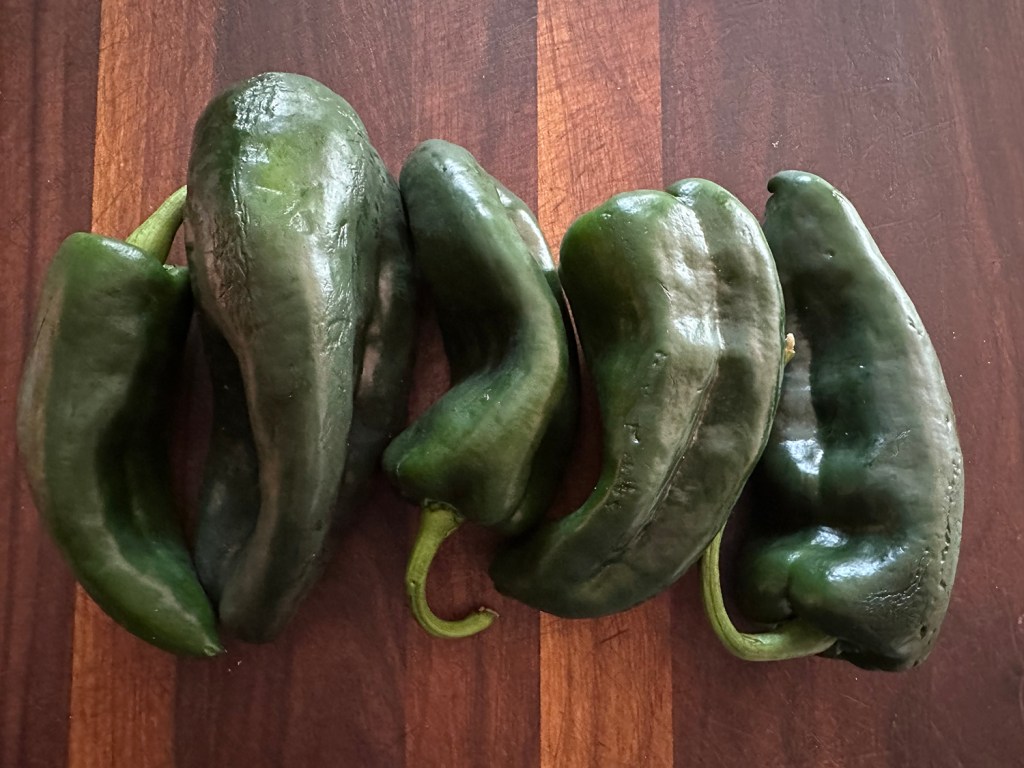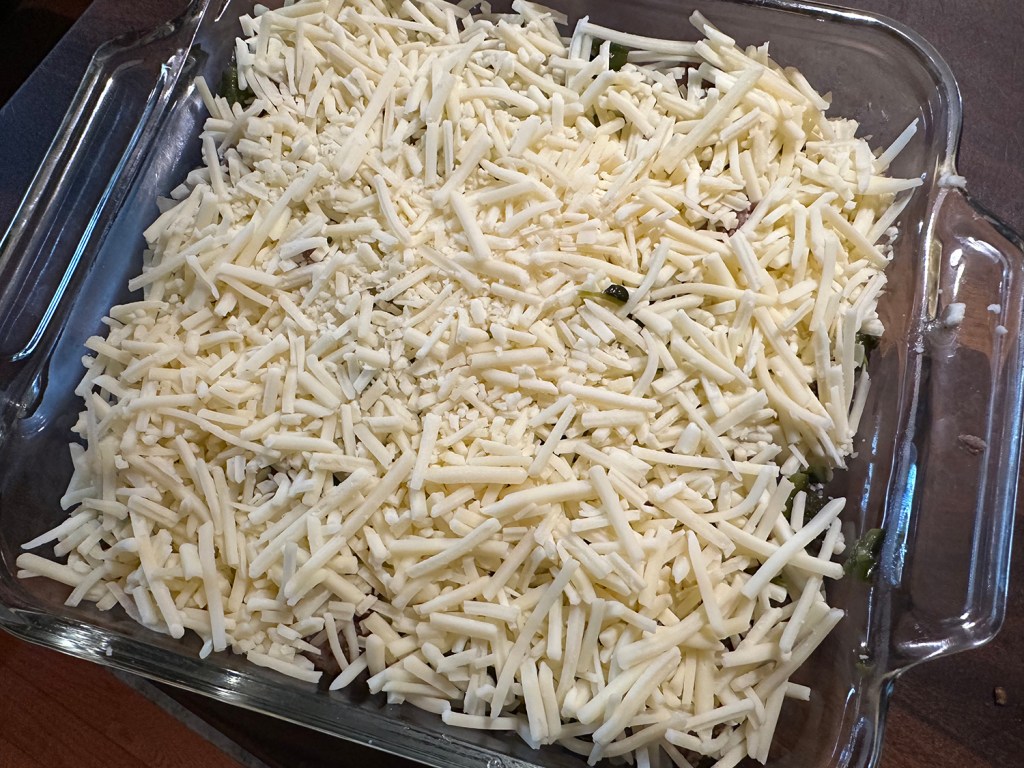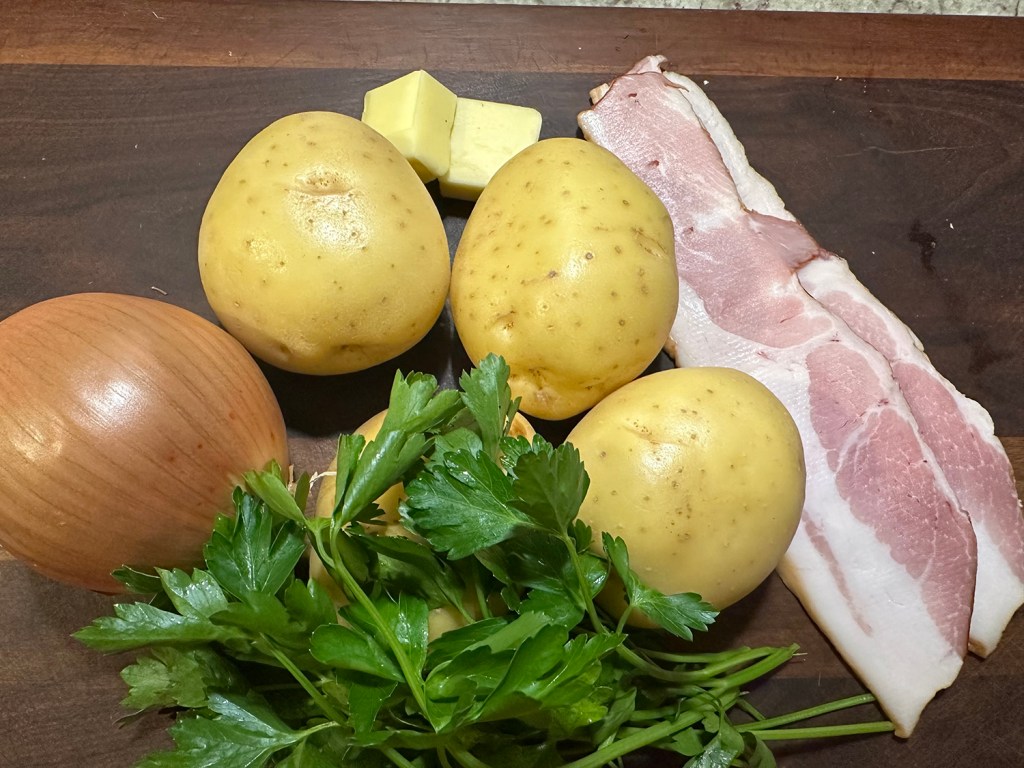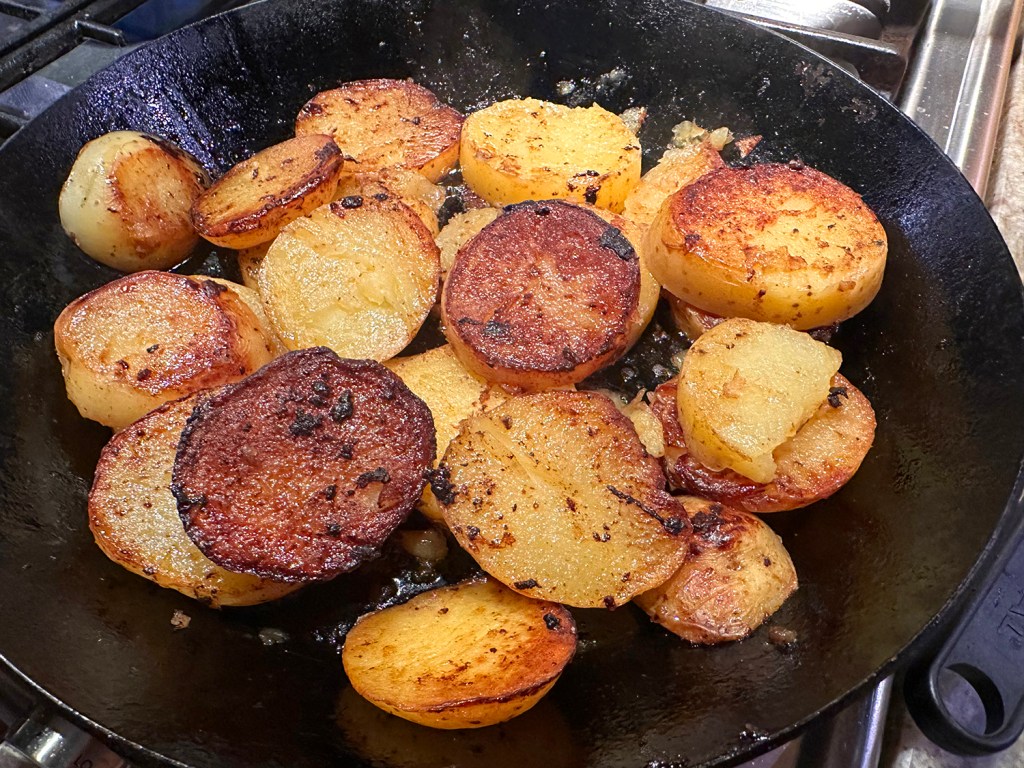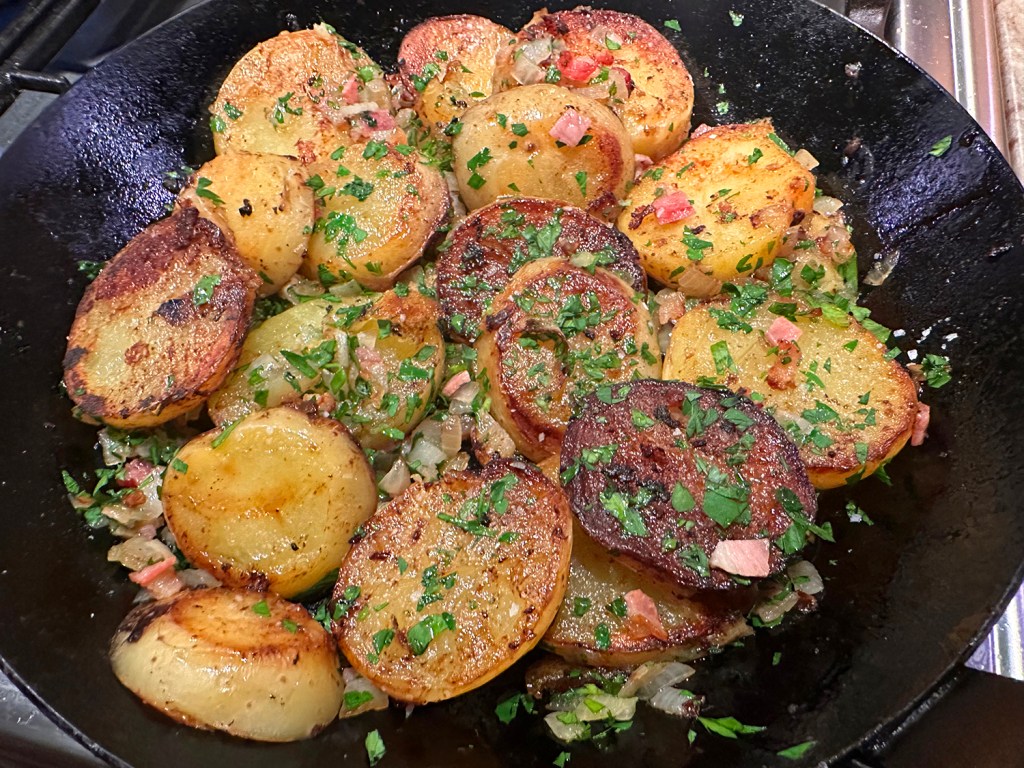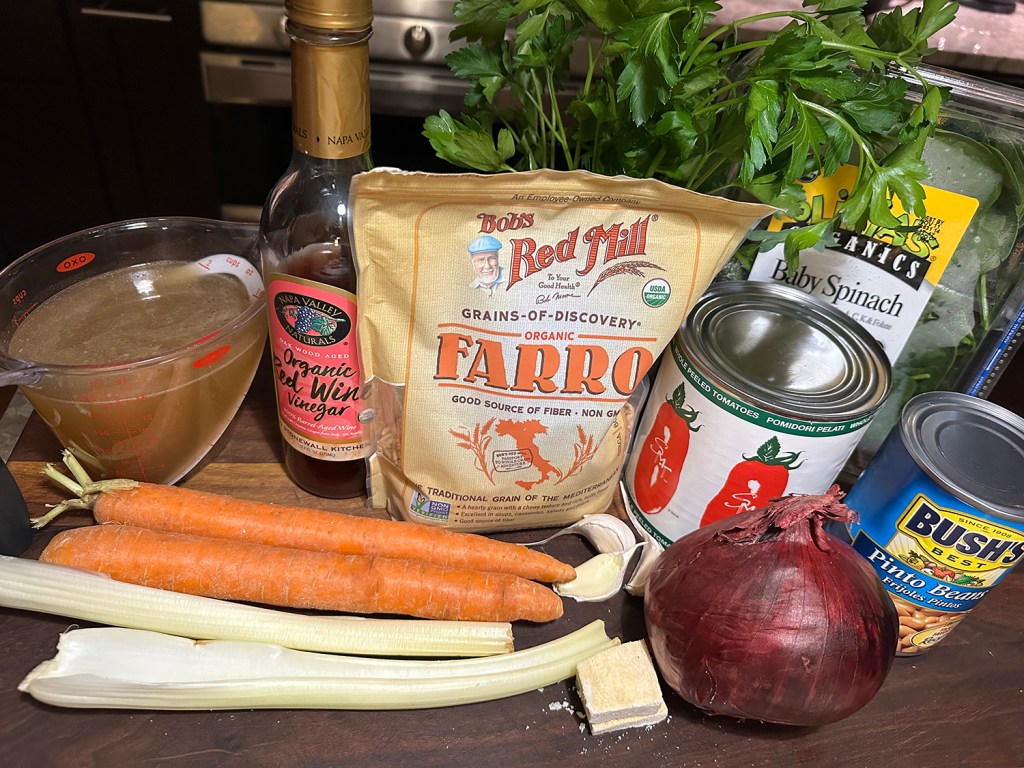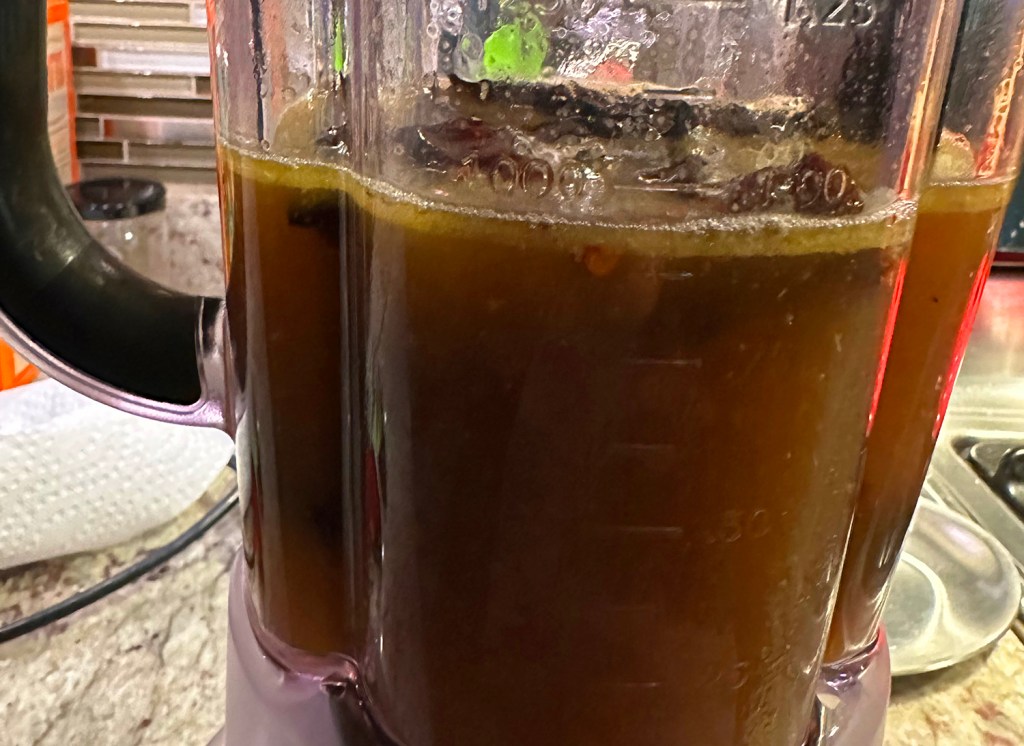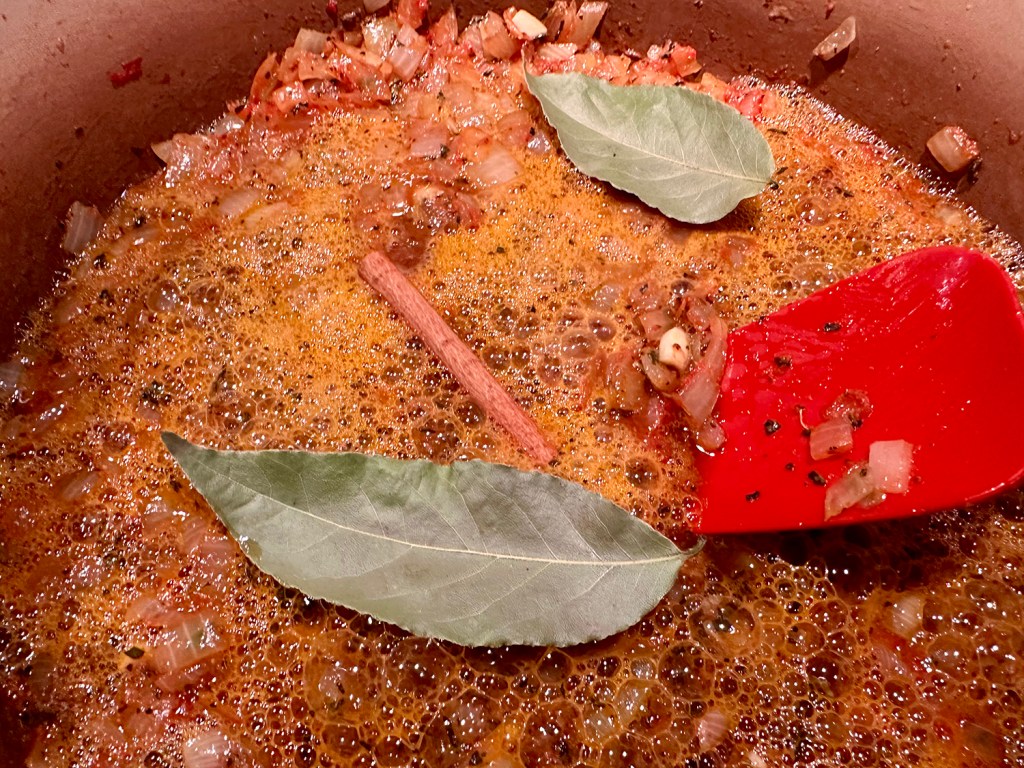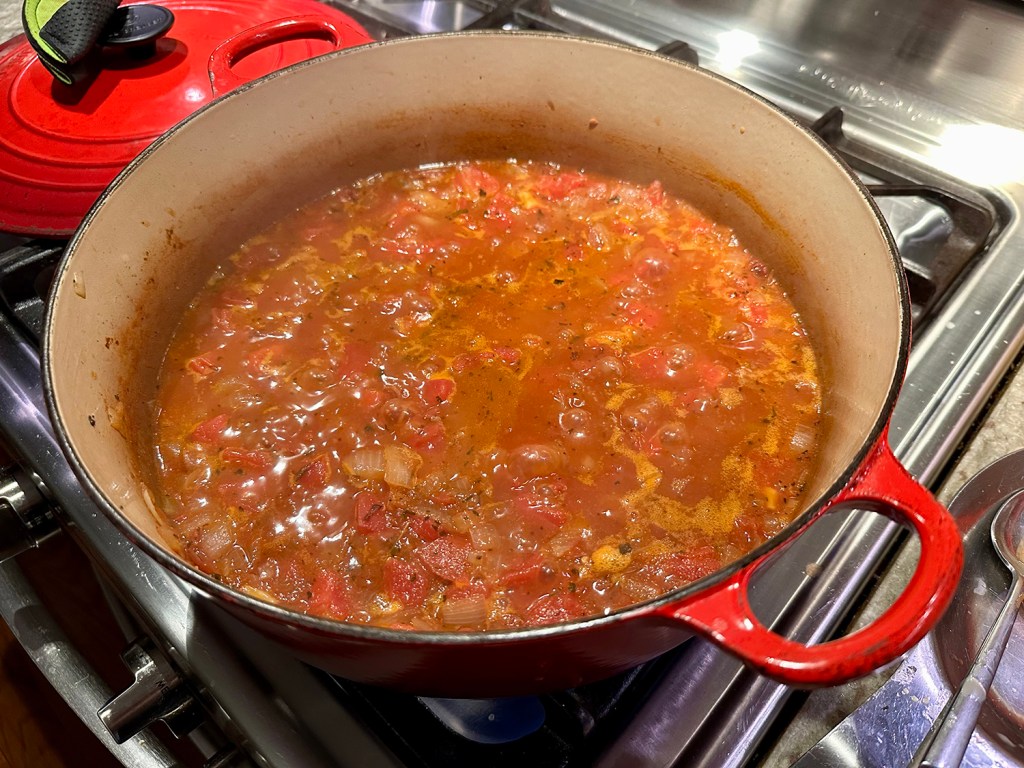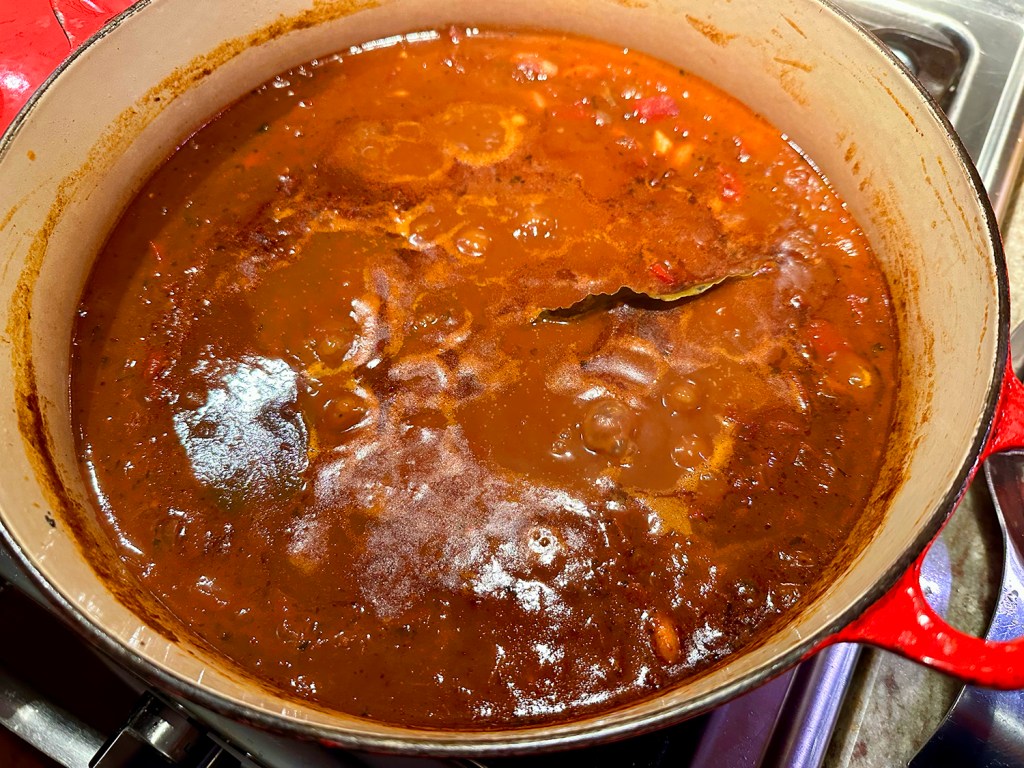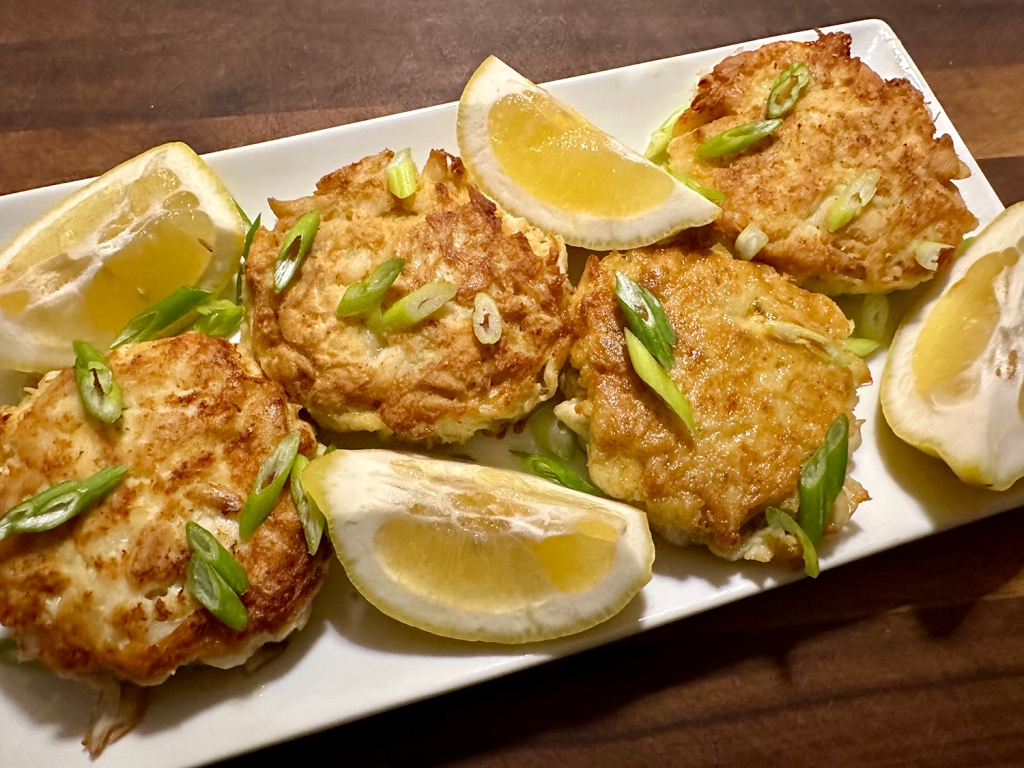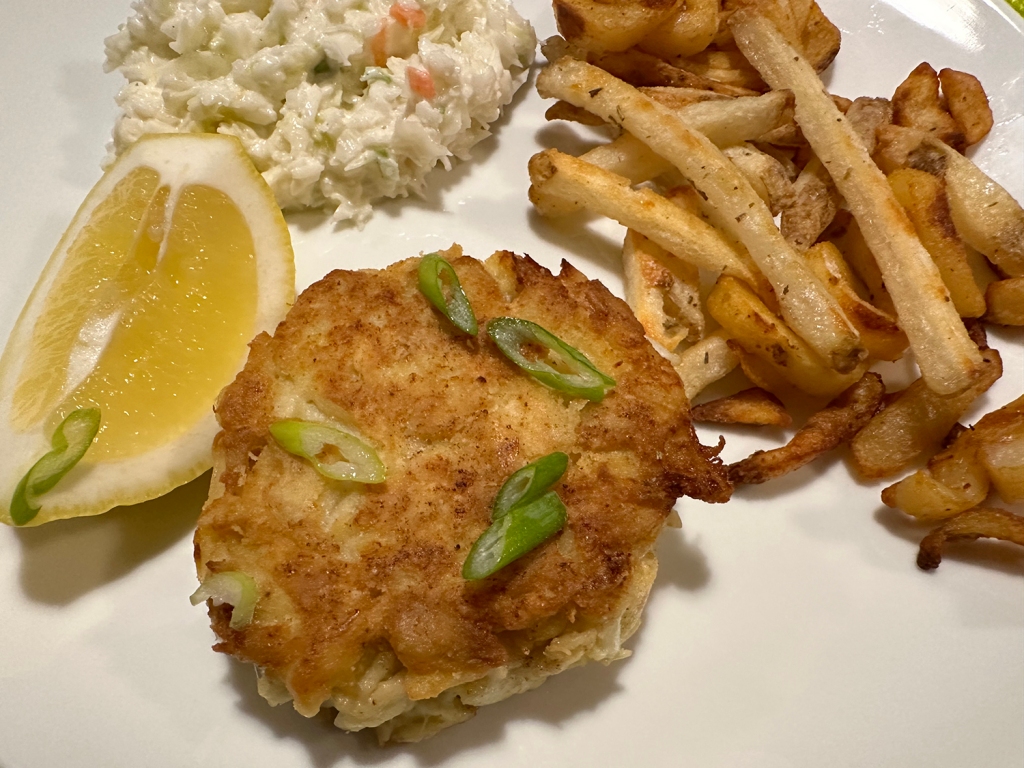Middle Eastern batata harra inspired these lightly spicy roasted potatoes. Tradition may inform much of Sami Tamimi’s cooking, but it doesn’t constrain it. His willingness to play is a delicious undercurrent to his book “Falastin,” a collection of stories and updated classic Palestinian recipes he wrote with Tara Wigley. In fact, nearly every recipe includes a note titled “Playing around.”
“After a while we realized that traditional recipes take a bit of time to do. Second, they’re not so pretty to look at,” says Tamimi. Taking the two things together he, and cookbook partner Tara decided to do something that both stayed true to the country but also something people will be able to do within the demands of having two kids when they get off work.

Typically, fried or roasted potatoes are tossed with olive oil, chili flakes, garlic and one or more spices, though variations abound depending on the region and even family. In North Africa, they’re doused in harissa and are quite spicy, whereas in Egypt they go heavier on the garlic and warm spices, such as turmeric, and have only mild heat.
Tamimi’s approach, builds upon his mother’s recipe, and skews toward Gazan flavors, with fresh green chilies, fresh dill and cilantro, and crushed cumin and coriander seeds that add both texture and flavor. The crushed spices are bloomed with garlic in hot oil, similar to an Indian tarka, then cooked briefly with the chilies and cherry tomatoes. The seasoned mixture is combined with the potatoes and roasted together, then tossed with the herbs and lemon zest and juice. “If you look at the ingredient list, you say, ‘Oh, it’s so simple,’ but the end result is so surprising,” he says.
Combining the fresh and roasted ingredients yields a brighter, bolder take on roasted potatoes. But Milk Street found it difficult to get the desired crispy, browned texture, so the tomatoes were eliminated and the oven temperature raised to 475°F. Trouble was, the higher heat risked burning the spices.
The fix was to first partially roast the potatoes with just oil, salt and pepper. Then combine more oil with the seasonings and let the flavors meld for a bit. When the potatoes are about two-thirds cooked, toss them with the flavored oil and return to the oven until golden brown and creamy. Fresh cilantro and lemon zest give the bright, balanced and crispy potatoes you want on your plate.
Don’t forget to oil the baking sheet with cooking spray to ensure the potatoes won’t stick to the surface.

Spicy Roasted New Potatoes with Lemon and Herbs
Ingredients
- 3 lbs. medium Yukon gold potatoes, unpeeled, quartered lengthwise then cut crosswise into 1-inch chunks. (Since our new potatoes were small, we just cut them in half.)
- 3 Tbsp., plus ¼ cup extra-virgin olive oil, divided
- Kosher salt and ground black pepper
- 3-4 Fresno or jalapeño chilies, stemmed, halved lengthwise, seeded and thinly sliced crosswise
- 8 medium garlic cloves, thinly sliced
- 2 Tbsp. cumin seeds, crushed
- 1 Tbsp. ground coriander
- 2 Tbsp. grated lemon zest, plus lemon wedges to serve
- ¼ cup finely chopped fresh cilantro

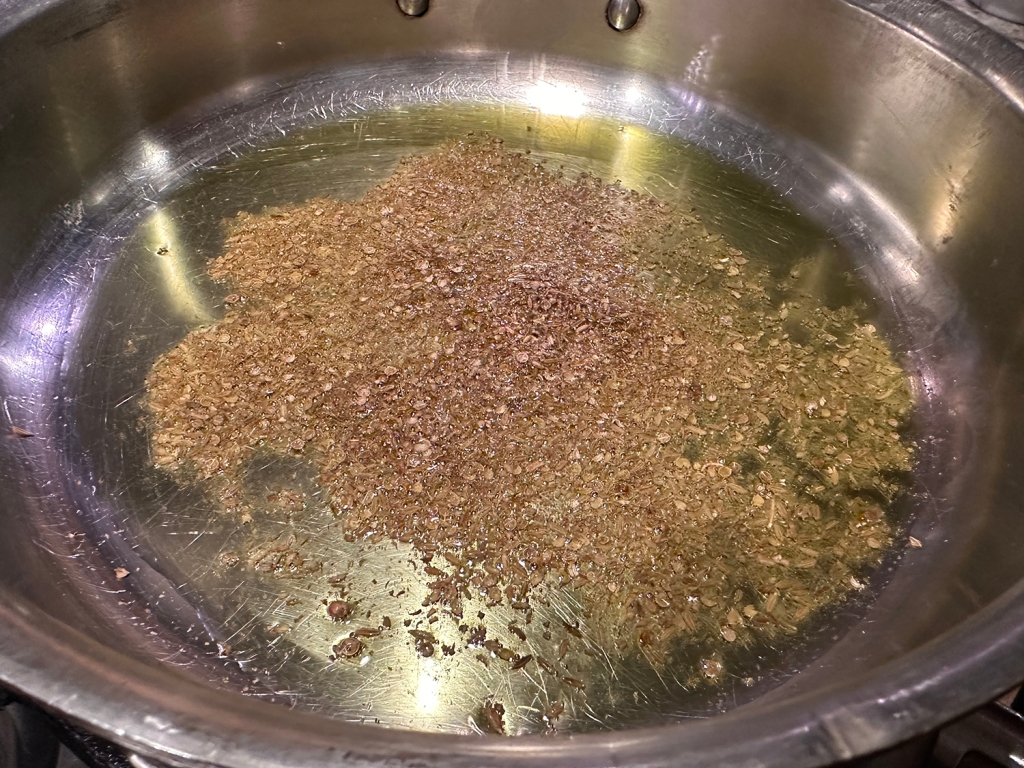
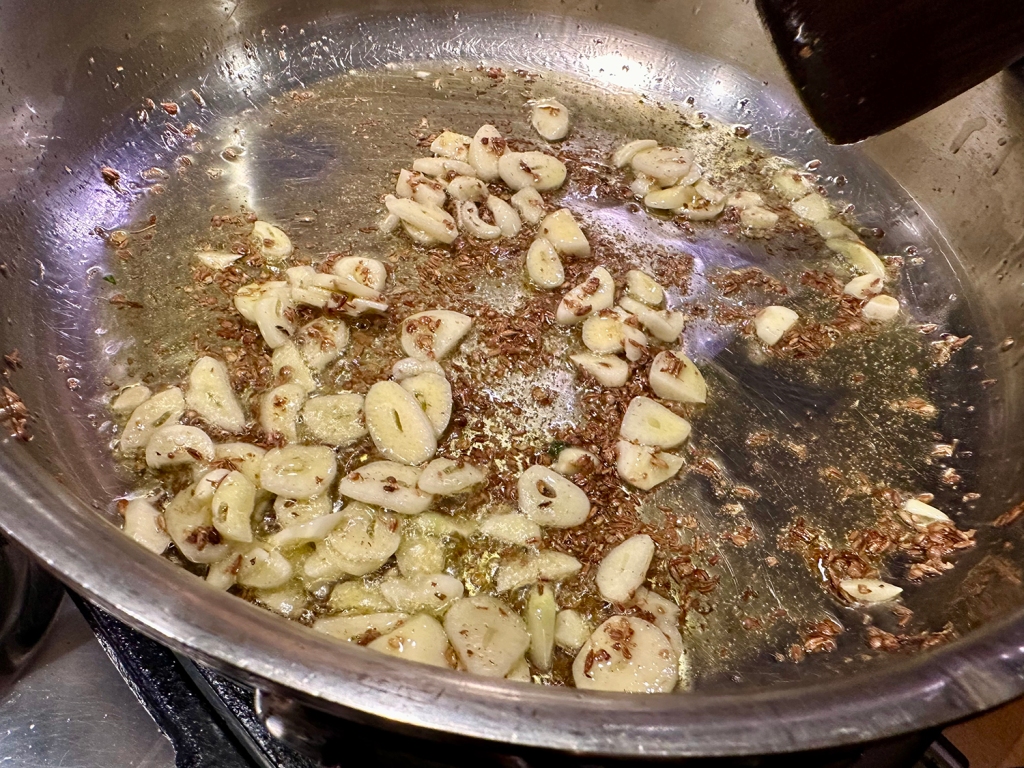
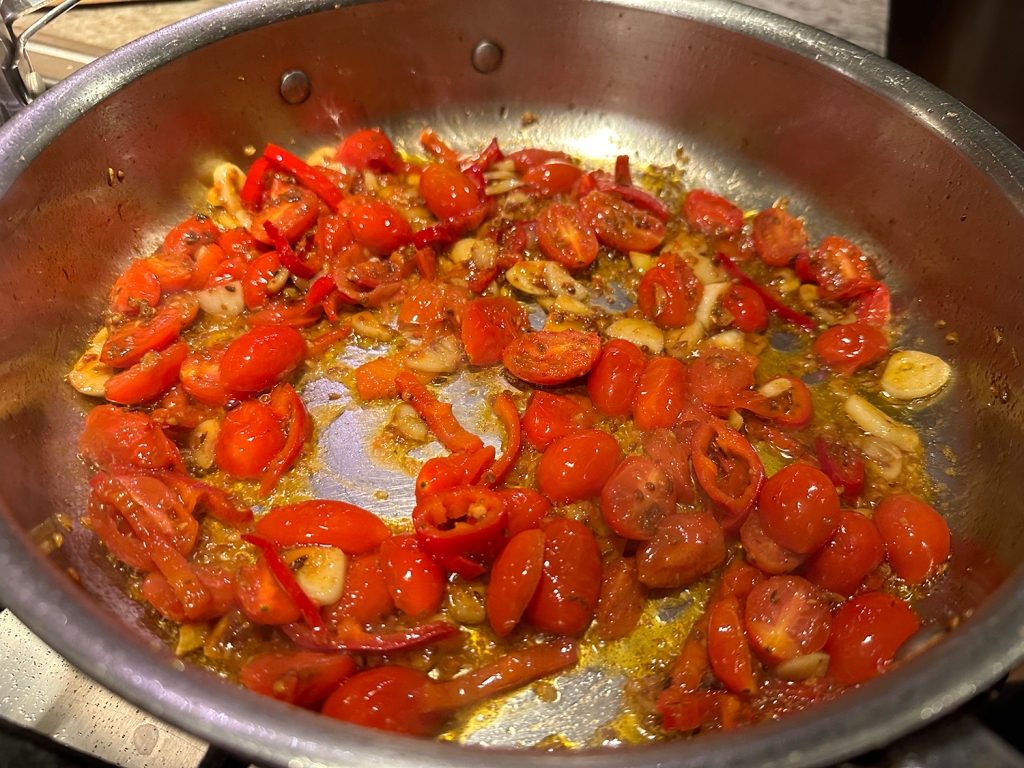
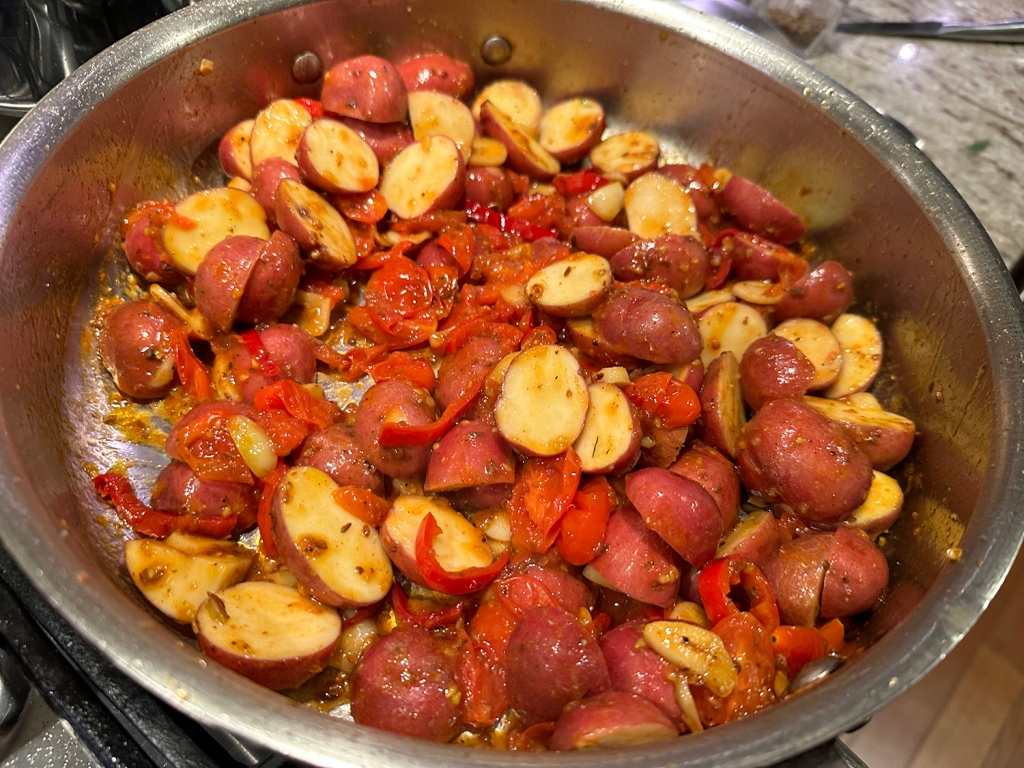

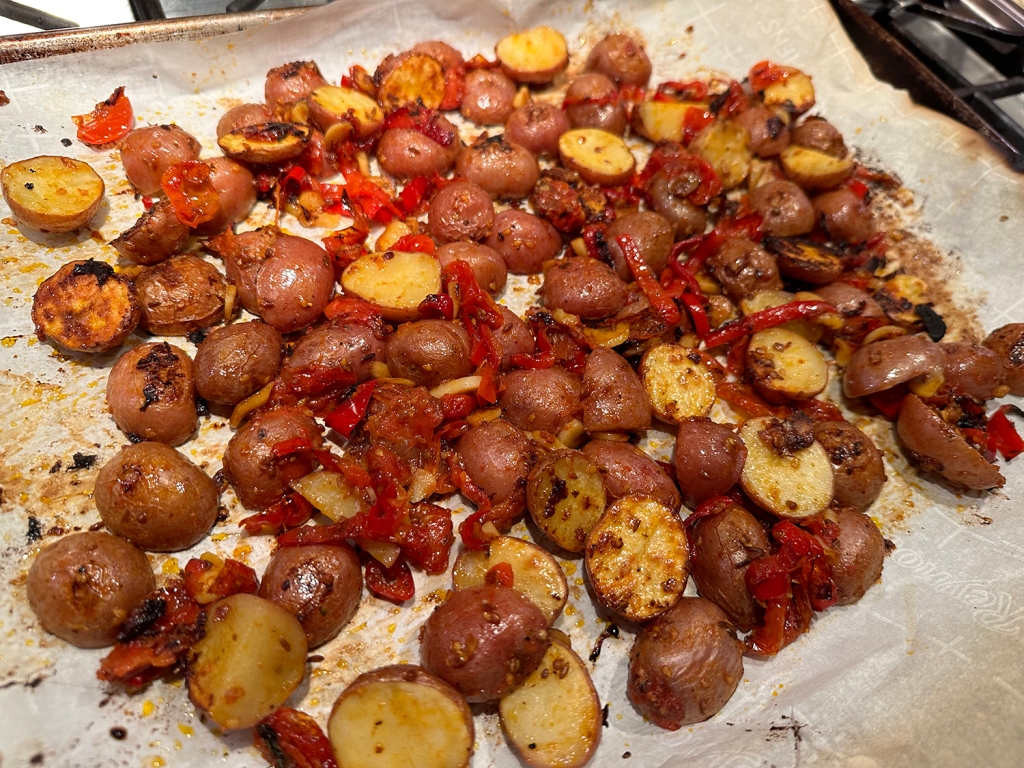


Directions
- Heat the oven to 475°F with a rack in the middle position.
- Mist a rimmed baking sheet with cooking spray and line with parchment paper. In a large bowl, toss the potatoes with 3 tablespoons oil and 1 teaspoon salt. Transfer to the prepared baking sheet, arranging the pieces cut side down in a single layer; reserve the bowl. Roast until light golden brown and a skewer inserted into the potatoes meets just a little resistance, about 20 minutes.
- Meanwhile, in the reserved bowl, stir together the remaining ¼ cup oil, the chilies, garlic, cumin and coriander.
- When the potatoes are almost tender, use a wide metal spatula to transfer them to the reserved bowl; leave the oven on. Gently toss the potatoes until well combined with the seasonings, then scrape the mixture back onto the baking sheet and distribute in an even layer.
- Roast until the garlic is light golden brown and a skewer inserted into the potatoes meets no resistance, another 10 to 15 minutes. Cool for about 5 minutes.
- Sprinkle the lemon zest and cilantro over the potatoes, then toss. Transfer to a serving dish. Serve with lemon wedges.
Recipe by Sami Tamimi for Milk Street



